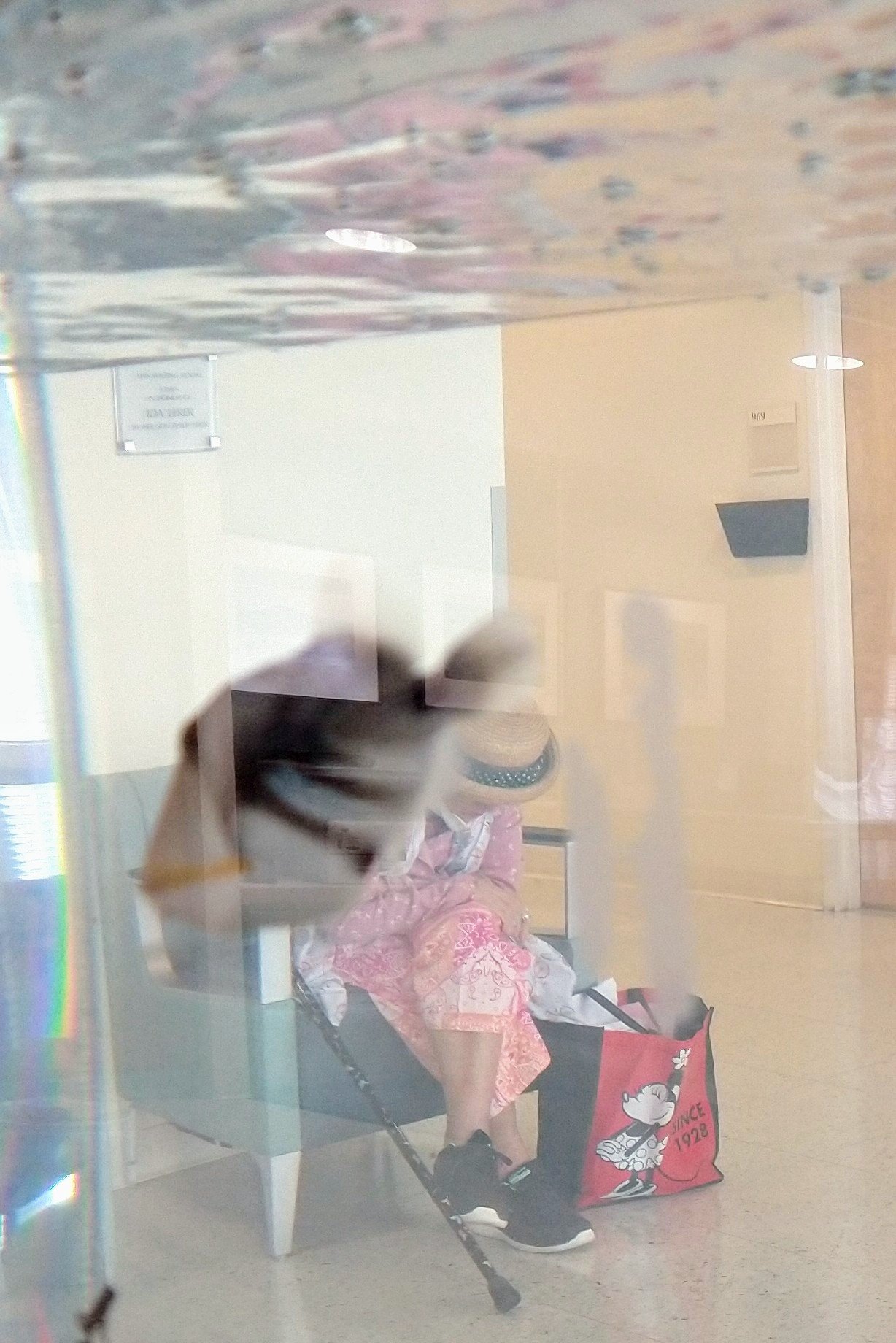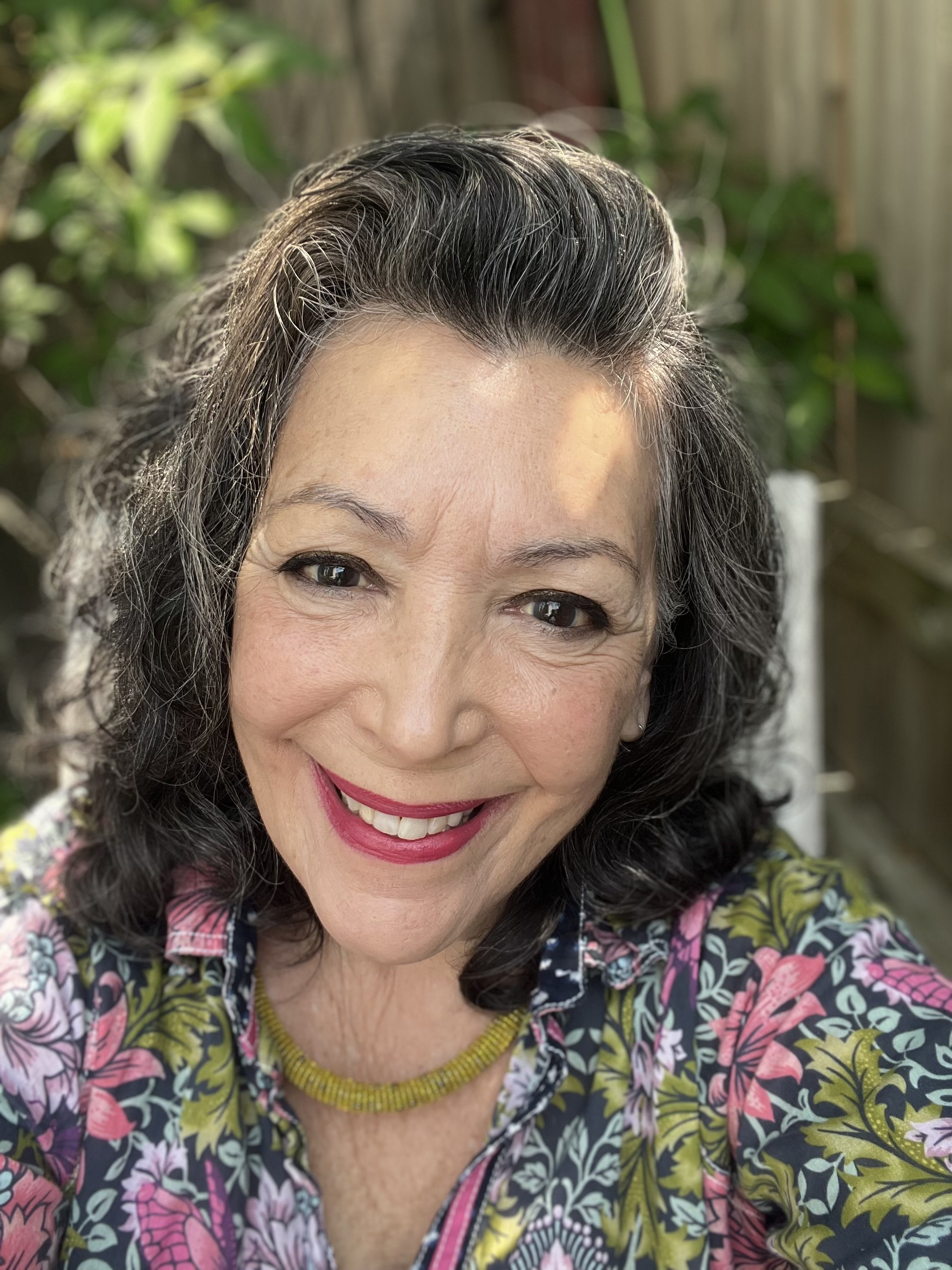Both Karen George’s poem, and my “Triptych:Oncology Fish,” share an expression of admiration for the resplendent inner strength in our loved ones, emanating despite the foreboding shadows of illness, suffering and loss. The emotions floating around our lived spaces as our loved ones endure and battle disease in the face of difficult circumstances move in many directions including grieving, reflecting, hoping, enduring and celebrating, colors that shift and radiate with the heroically hopeful, illuminating presence of gratitude and love.
Read more"Reading" Patients When Illiteracy is What Afflicts Them: A reflection by medical oncologist Jose Bufill
While returning to the U.S. on an international flight not long ago, I sat next to a young African woman. As we approached our destination, she sheepishly passed me her passport and a customs form. Since I was in the aisle seat, I assumed she wanted me to pass it along to the flight attendant, until I realized the form was blank. She was asking me to fill it out.
Read moreWhat Clown Doctors See and Don't See: A Look at Healthy Humor by Phyllis Capello
Phyllis Capello, who is a writer and musician, is a NYFA fellow in fiction I and a winner of an Allen Ginsberg Poetry Award. Her collection “Packs Small Plays Big” is from Bordighera Press, 2018. Cantastoria work (sing/storyteller) has taken her from Ireland-to-Istanbul. She has presented at the International Oral History Conference in Rome, Italy and has been a musician/clown since 1990 with Healthy Humor Red Nose Docs, as well as a member of the poetry/activist trio, The Ferlinghetti Girls. ferlinghettigirls.com In 2023 she was honored with People’s Hall of Fame Award for teaching artistry for her work in New York City schools. Her poem “The Ballad of a Harlem Boy” appears in the Fall 2023 Intima: A Journal of Narrative Medicine.
For thirty years, my hospital work (I’m a clown ‘doctor’/musician for Healthy Humor) has included meeting and entertaining families in clinic waiting rooms, Pediatric ICUs, triaged Emergency Departments and in out-patient, in-patient rooms. Clown-doctor encounters can, if invited, also extend to physical therapy and treatment rooms, hallways, nurses’ stations and elevators. In ED and in out-patient and in-patient rooms permission comes from the medical and childlife staff first (and pertains to situational or isolation status). After that, the child’s permission (being our ultimate “boss”) to enter is strictly respected. In a hospital environment, we are one thing a child can prevent from entering their room.
Knowing when to present ourselves and when to exit means we are not often present for the trauma of Emergency Medical procedures unless specifically requested by staff. I do not see the immediate medical aftermath of a bullet wound. The hands of professionals as they seek to save a life as in Kirilee West’s drawing of hands entitled: “6:21 P.M.” That is why the piece really speaks to me of the drama and humanity inherent in the moments before a medical clown can be of any use to a patient.
Her drawing resonates with me as my poem, “The Ballad of a Harlem Boy,” was written after a nurse shared her distress about a child’s death. Telling us (we work in pairs) of her direct experience, I could only think of her hands and their expert ministrations during that terrible time and of the depth of her humanity for the mortally-wounded fourteen-year-old and his mother.
We all want our hands to be of use: I, in my small way, making music or writing poems; medical staff whose hands take on the most difficult and tender of roles; the artist’s hands who can capture with a charcoal stick the enormity of what we might see if, after the fact, we can allow our creativity to take a step back and tell a story.
Phyllis Capello, who is a writer and musician, is a NYFA fellow in fiction I and a winner of an Allen Ginsberg Poetry Award. Her collection “Packs Small Plays Big” is from Bordighera Press, 2018. Cantastoria work (sing/storyteller) has taken her from Ireland-to-Istanbul. She has presented at the International Oral History Conference in Rome, Italy and has been a musician/clown since 1990 with Healthy Humor Red Nose Docs, as well as a member of the poetry/activist trio, The Ferlinghetti Girls. In 2023 she was honored with People’s Hall of Fame Award for teaching artistry for her work in New York City schools. Her poem “The Ballad of a Harlem Boy” appeared in the Fall 2023 Intima: A Journal of Narrative Medicine.
When Cure and Language are Inadequate, What Remains? Reflecting on bearing witness by Rachel Cicoria
Recalling the loss of her husband, Mike, Dianne Avey’s essay“Morning Light” (Spring 2023 Intima) reaches back a decade to a quiet September morning on Anderson Island in Washington. Avey, a writer and nurse practitioner, draws us, however, not to the moment of her husband’s death but to a “place of quiet morning light.” This liminal stasis exceeds cure and speech and, in my view, renders the “human” (as defined by technical and linguistic competencies) indeterminate. Yet, beyond our abilities to fix and to say, there remains “the only thing we can ever do”: being present and bearing witness.
Read moreOn "Feeling Blue" and Self Care: A reflection by neonatologist-poet Elizabeth Osmond
© Feeling Blue Amanda Hage Spring 2022 Intima
It is a challenging time to practice medicine. We are emerging from a global pandemic that is casting a long shadow. This has mingled with austerity for public service funding and a cost-of-living crisis. Members of many healthcare professions have been on strike.
Read moreThe Individual Nature of Care by Joanne Clarkson
A nurse examines a clinical encounter through her poetry and appreciates the individual nature of care.
Read moreOn Work-Worn Hands and Gestures of Love, a short essay by poet and educator, Joan Baranow
A writer and poet honors the memory of her mother by finding the parallels between her own work and the story of another mother and daughter.
Read moreOn Being Confined
A retired hematologist explores the importance of clinical communication and health literacy by close reading two pieces published in this journal.
Read moreOn Sinatra, Bach, and Daughters: The Power of True Joy in the Face of Illness
A medical student reflects on the loss of their father to a devastating neurodegenerative disease as well as the power that music can hold during the illness experience.
Read moreThe Importance of Providing Compassionate Palliative and End-of-Life Care
A writer reflects on her own mother’s experience with death and dying and argues for the greater recognition of palliative care in the clinical encounter.
Read moreLeave Work at Work
Which story is heard, and by whom? Which story do people want to hear, and why? A COVID nurse provides explanations as well as recommendations about storytelling.
Read moreThe Embodied Connection in Patient-Provider Interaction
A former PICU nurse examines the power of both embodiment and gaze in the clinical encounter.
Read moreAbsences in Cortney Davis' "It Was the Second Patient of the Day"
A writer and father ponders the power of absence in the clinical encounter, as well as the power of presence.
Read moreHungry for the Everyday: On Jennifer Abernathy’s "Hunger"
A nurse ponders the role of food in the ICU setting—as well as the hunger that it can stir and the memories that it can evoke.
Read moreThe Reduction of Human Life and Tight Narrative
Writing against the backdrop of her husband’s stay in hospice care, a retired professor examines how the reduction of human life in the midst of suffering can be summarized in succinct narrative.
Read moreTherapeutic Alliance: A Key to Effective Treatment
A retired nurse practitioner close reads a Field Notes essay published in this journal and emphasizes how shared identities and backgrounds can generate a more therapeutic alliance during the clinical encounter.
Read moreSeeing Through
A retired nurse remarks on what she has witnessed in the hospital setting via studio art and poetry published in this very journal.
Read moreThe Beautiful Surprise
What is the beautiful surprise that can be found in the clinical encounter between patient and physician? A writer and nurse explains.
Read moreCaregiving: When the Patient is Your Mother. A Reflection by poet Brian Ascalon Roley
A writer revisits his childhood memories and, in doing so, reflects on the evolving relationship between parent and child as both grow older.
Read moreThe Gordian Knot in Healthcare: A reflection by critical care clinician & writer Cynthia Stock
A former critical care nurse attempts to untangle the Gordian knots found within medicine by close reading two pieces—including her own—published in this very journal.
Read more


